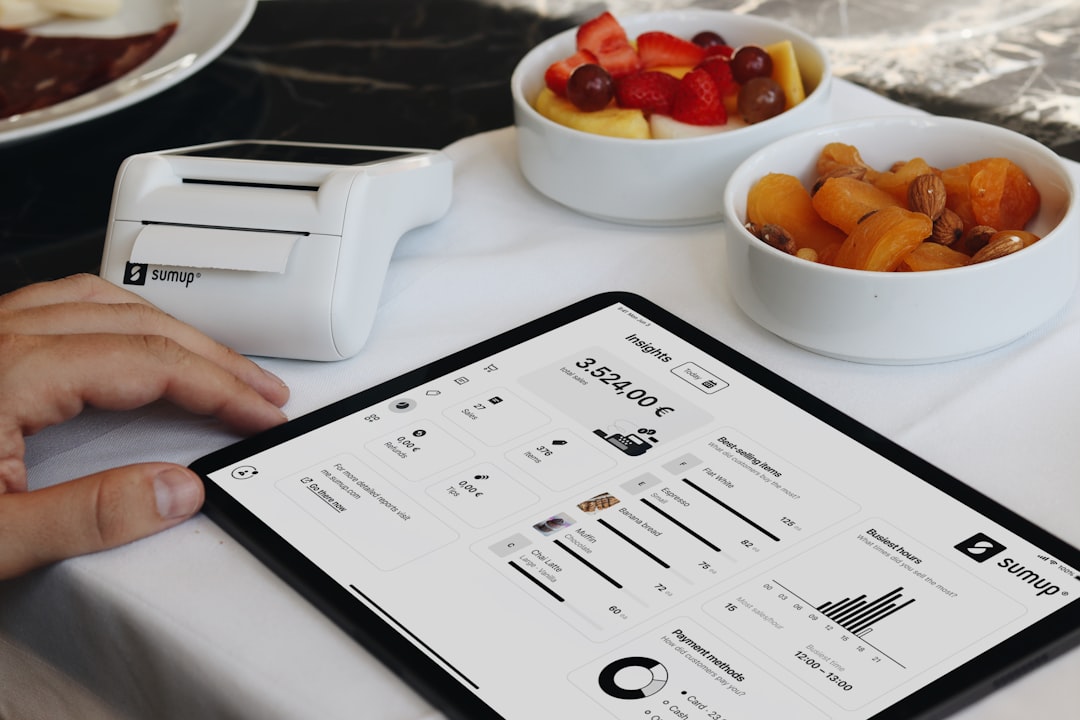Ever watched your restaurant buzz with activity and wondered: what's actually happening right now? Not yesterday. Not last week. Right now. That's the power of real-time analytics—and it's transforming how successful restaurants operate.
Restaurant management has evolved beyond gut feelings and end-of-day reports. The most competitive establishments are making decisions minute-by-minute, powered by live data. Like having X-ray vision into your business operations, real-time analytics reveals what's working, what isn't, and what needs immediate attention.

Restaurant operations generate mountains of valuable data every hour. Without real-time analytics, this goldmine of insights remains locked away until it's often too late to act.
Imagine a busy Friday night where your kitchen is falling behind on orders, but you don't discover the problem until customer complaints roll in. With real-time analytics, you'd spot the bottleneck immediately and redirect resources before a single guest becomes dissatisfied.
Real-time analytics transform raw data into actionable intelligence instantly, allowing you to:
According to research from CloudKitchens, restaurants using real-time analytics significantly reduce operational costs while improving customer satisfaction through more responsive service.
The most impactful real-time metrics for restaurant management include:
By monitoring these metrics in real time, you can make immediate adjustments to pricing, staffing, and service delivery—turning potential problems into opportunities before they impact your bottom line.

Real-time analytics isn't just about fancy dashboards. It's about taking immediate action based on what you see. Here's how forward-thinking restaurants are applying real-time insights:
When you can see which items are selling well during specific dayparts, you can make instant adjustments. Is your signature pasta dish underperforming during lunch? A real-time analytics platform would flag this trend, allowing you to run a flash promotion or highlight it to servers before the dinner rush.
For example, a steakhouse might notice their high-margin appetizers aren't moving during happy hour. Rather than discovering this trend days later in a sales report, management can immediately instruct servers to emphasize these items or create a time-limited pairing special.
Unexpected rush at the bar? Real-time analytics show you exactly where customer demand is spiking, allowing managers to shift staff resources instantly rather than waiting until customers become frustrated.
Picture this: Your analytics dashboard shows bar orders spiking while dining room activity remains moderate. Instead of sticking to a rigid station assignment, your floor manager can temporarily reassign a server to support the bartender, preventing lengthy wait times and maintaining service quality across the establishment.
Oracle MySQL's real-time analytics provides live dashboards for logistics visibility, helping restaurants maintain optimal inventory levels despite supply chain disruptions. When a key ingredient is running low, you'll know immediately—not after the kitchen runs out during service.
The most effective approach to implementing real-time analytics involves:
Centralize your data sources - Integrate POS, inventory, scheduling, and customer data into a unified platform. Siloed information creates blind spots.
Establish key performance indicators - Determine which metrics matter most for your specific operation. A fine dining establishment might prioritize table turnover and check average, while a quick-service restaurant might focus on order processing speed.
Deploy user-friendly dashboards - Ensure insights are accessible to managers and staff who need them. Complex data visualization tools are useless if your team can't quickly interpret the information.
Train your team - Data is only valuable when people understand how to interpret and act on it. Invest time teaching staff not just how to read analytics but what actions to take based on what they see.
Start small, scale gradually - Begin with one or two critical metrics before expanding. Trying to track everything at once can lead to information overload and paralysis.
According to Trident Info, restaurants implementing centralized ERP systems with real-time analytics capabilities see significant improvements in operational efficiency and decision-making agility.
Implementing real-time analytics isn't without hurdles. Common challenges include:
Data integration complexity - Connecting legacy systems with modern analytics platforms can be technically challenging. Look for solutions with pre-built integrations to common restaurant software.
Staff resistance - Overcoming the learning curve and potential pushback from team members who prefer "the old way" of doing things. Address this by demonstrating concrete benefits and involving staff in the implementation process.
Information overload - Focusing on actionable metrics rather than drowning in data. More information isn't always better—what matters is having the right information at the right time.
Technology limitations - Ensuring reliable connectivity and system performance, especially during peak business hours when analytics are most critical.
The key is finding a platform that simplifies these challenges through intuitive design and comprehensive integration capabilities. Remember that implementation is a journey, not an overnight transformation.
Industry experts increasingly view real-time analytics as a strategic necessity rather than a luxury. Polaris ERP notes that restaurants embracing these technologies gain significant competitive advantages through enhanced agility.
Emerging trends include:
AI-driven predictive analytics - Moving beyond reactive to proactive management. Imagine your system not just reporting that you're busy but predicting tomorrow's rush based on weather forecasts, local events, and historical patterns.
Hyper-personalized customer experiences - Using real-time data to customize service. When a regular customer walks in, your host could receive an instant notification with their preferences and dining history.
Automated decision-making - Systems that not only flag issues but suggest or implement solutions. For example, automatically adjusting inventory orders based on real-time depletion rates and upcoming reservation forecasts.
These innovations aren't futuristic fantasies—they're becoming operational realities for restaurants at the forefront of the industry.
The most powerful real-time analytics come from platforms that integrate all aspects of restaurant operations. Spindl offers exactly this kind of comprehensive solution—combining order management, delivery coordination, POS functionality, and real-time analytics in a single, streamlined platform.
Unlike traditional systems that force you to cobble together multiple solutions, an all-in-one platform ensures your data flows seamlessly between systems, providing truly real-time insights without the integration headaches. When your delivery platform "talks" directly to your inventory system, you gain a holistic view of operations impossible with fragmented solutions.
The restaurants thriving today don't just collect data—they act on it immediately. Real-time analytics isn't just about knowing what happened; it's about influencing what happens next. In the fast-paced restaurant industry, that's the difference between surviving and thriving.
Ready to transform your restaurant with real-time analytics? The technology is here. The competitive advantage is clear. The only question is: how quickly will you make the shift?
